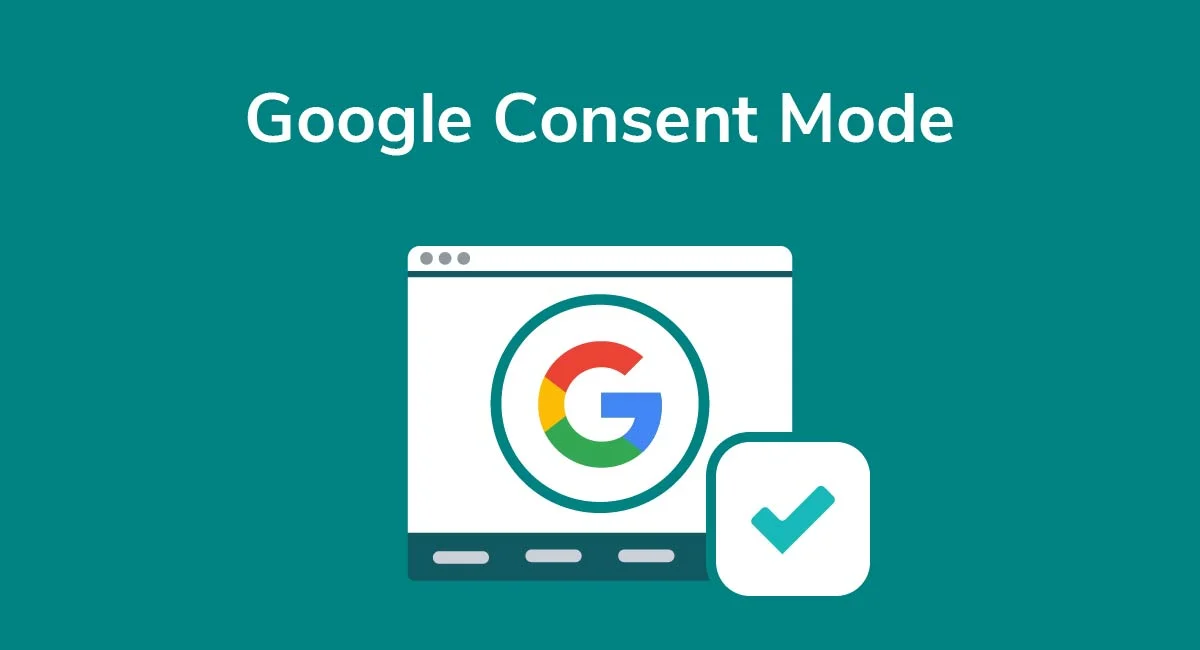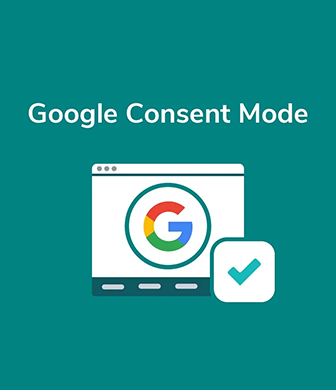

What is Google Consent Mode?
Google Consent Mode is a feature that allows users to manage their privacy preferences when using Google's services such as Google Analytics 4 (GA4) and Google Ads. This feature enables websites to take into account users' tracking and advertising preferences and adjust the use of Google's services accordingly.
The main purpose of Google Consent Mode is to allow users to set their preferences regarding cookies and tracking of your personal data and to collect and process data in accordance with these preferences. These preferences of users are usually to comply with the consent requirements set by regulations such as the European Union's General Data Protection Regulation (GDPR).
Google Consent Mode performs two main functions in a situation where users have set their consent to tracking:
- For users with tracking consent, services such as Google Analytics and Google Ads function normally and you can track user interactions.
- For users without tracking permission, no personal information is sent to Google and their interactions are not reported. This way, users' privacy preferences are respected.
Google Consent Mode allows users to set their tracking preferences via a description text or a pop-up dialog box set by website owners. These preferences are then used by Google Analytics and Google Ads to organize tracking and advertising services according to users' preferences.
This feature protects user privacy while at the same time giving website owners access to analytics and advertising data and ensuring their compliance with regulations such as GDPR.
How to Use Google Consent Mode
You can follow the steps below to use Google Consent Mode:
- Create a Google Analytics 4 (GA4) account or sign in to an existing account: You must have a Google Analytics 4 account before you can use Google Consent Mode. If you do not have an account to use Google Analytics, create one. If you are already using your account, log in to your account.
- Activate the features: To enable Google Consent Mode, go to "Administration" in your Google Analytics 4 account. Then find the "Google Consent Mode" option under "Data Settings".
- Activate Google Consent Mode: To enable Google Consent Mode, check "Enable Google Consent Mode".
- Configure explanatory text and options: To configure the consent process using Google Consent Mode, set descriptive texts and options on your website. These texts and options allow users to set and confirm their tracking preferences.
- Update the codes: For Google Consent Mode to work correctly, you should update the Google Analytics and Google Ads tracking codes on your website. Google's documentation provides information on how to integrate descriptive text and options into these codes where users can specify their tracking preferences.
- Test it: After enabling Google Consent Mode, test your website and make sure that the functionalities that allow users to set their tracking preferences and organize tracking and advertising services according to those preferences are working correctly.
Once you have followed these steps, you can successfully use Google Consent Mode on your website. This way, you can respect users' privacy preferences and at the same time continue to benefit from services such as Google Analytics and Google Ads.
What are the Advantages of Google Consent Mode?
- Protects user privacy: Google Consent Mode allows users to set their tracking preferences and organizes tracking and advertising services based on these preferences. This way, users' privacy rights and preferences are respected.
- Ensures GDPR compliance: Google Consent Mode streamlines the consent process required to comply with regulations such as the European Union's General Data Protection Regulation (GDPR).
- Manages consent: Google Consent Mode allows website owners to create descriptive text and options that allow users to set and confirm their tracking preferences. This ensures that users are informed and have the options to allow or refuse.
- Optimizes the data collection process: Google Consent Mode optimizes data collection and processing based on users' tracking preferences. In the absence of consent, no personal information is sent to Google and the interactions of these users are not reported.
- Improves advertising effectiveness: Allowing users to set their viewing preferences can make ad targeting and personalization processes more effective. Ads can be better tailored to users' interests and preferences.
- Lower tracking rejection rates: The process of users setting and confirming their tracking preferences often leads to lower tracking rejection rates. This allows website owners to better understand and report on user interactions.
- Protects brand reputation: Respecting users' privacy preferences and protecting their privacy can positively impact brand reputation. When users feel that their privacy is respected, they tend to have a more positive association with the brand.
These benefits are important as Google Consent Mode protects user privacy while at the same time providing website owners with data collection and analysis.



